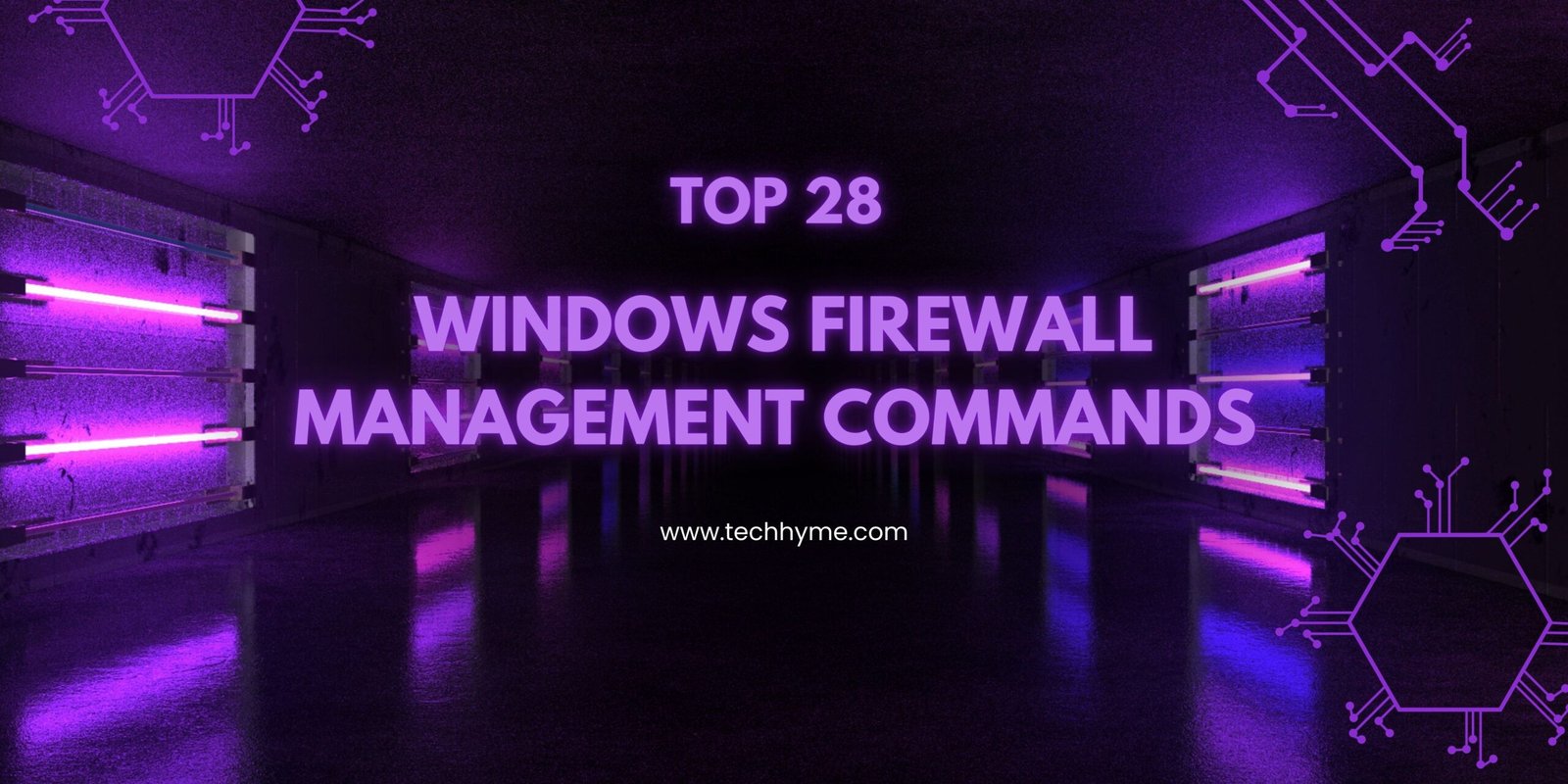
In the realm of information security, safeguarding the confidentiality, integrity, and availability of data is paramount. This trio of principles is commonly referred to as the CIA model, and it forms the foundation for evaluating and mitigating threats to information systems.
In this article, we will explore various threats and their corresponding elements within the CIA model to better comprehend the risks faced by organizations and individuals alike.
- Defacement
- Denial of Service (DoS)
- Fire
- Malicious Code
- Modification
- Sabotage
- Surreptitious Monitoring
- Social Engineering
- Theft
- Unauthorized Access
- Connectivity Outage
- Human Error
- Hardware Failure
- Transmission Errors
- Personnel Loss
- Programming Errors
- Natural Disasters
- Power Failure
1. Defacement
Defacement, the act of altering the appearance of a website or digital asset, poses a dual threat. First, it compromises the integrity of the data, as the information displayed may be false or manipulated. Second, it impacts availability by rendering the asset inaccessible or untrustworthy.
2. Denial of Service (DoS)
Denial of Service attacks seek to disrupt the availability of a system or network. Attackers flood the target with traffic, rendering it inaccessible to legitimate users, thereby breaching the availability principle.
3. Fire
Fires can physically damage hardware and infrastructure, leading to outages and compromising the availability of systems. Additionally, fires often result in data loss, further challenging the integrity of stored information.
4. Malicious Code
Malicious code, including viruses, worms, and malware, poses a multifaceted threat. It jeopardizes the confidentiality, integrity, and availability of data by stealing sensitive information, modifying files, and potentially rendering systems inoperable.
5. Modification
Unauthorized modification of data or system configurations directly attacks the integrity of information, as it undermines the accuracy and trustworthiness of the data.
6. Sabotage
Sabotage involves deliberate acts to damage or disrupt systems, hampering their availability and often causing financial or reputational harm to organizations.
7. Surreptitious Monitoring
Covert monitoring compromises the confidentiality of information by allowing unauthorized access to sensitive data, often without the knowledge or consent of those being monitored.
8. Social Engineering
Social engineering tactics manipulate individuals into divulging confidential information, compromising the confidentiality principle. Additionally, it may lead to actions that harm the integrity and availability of data and systems.
9. Theft
Theft of physical or digital assets threatens the confidentiality of data and may lead to data manipulation or unauthorized access, impacting integrity as well.
10. Unauthorized Access
Unauthorized access breaches the confidentiality principle by allowing individuals or entities to view or manipulate data they shouldn’t have access to.
11. Connectivity Outage
Connectivity outages, often due to network issues or misconfigurations, hinder access to information and services, directly affecting availability.
12. Human Error
Human error can inadvertently lead to breaches of confidentiality, integrity, and availability. For example, misconfiguring security settings can result in unauthorized access or data loss.
13. Hardware Failure
Hardware failures disrupt the availability of systems, potentially causing downtime and data loss.
14. Transmission Errors
Errors during data transmission can compromise the integrity of information and disrupt its availability.
15. Personnel Loss
Losing key personnel can affect the confidentiality, integrity, and availability of information as knowledge gaps and potential security lapses emerge.
16. Programming Errors
Programming errors, including software vulnerabilities, can lead to unauthorized access (confidentiality), data corruption (integrity), and system crashes (availability).
17. Natural Disasters
Events like earthquakes, floods, tornadoes, and extreme temperatures can damage infrastructure and disrupt systems, primarily threatening availability.
18. Power Failure
Power failures can lead to system downtime and data loss, impacting availability.
Understanding these threats through the lens of the CIA model helps organizations and individuals better prepare for and mitigate potential risks. By addressing vulnerabilities in each of these areas, we can enhance the security of our information systems and protect the data that is increasingly integral to our lives.








